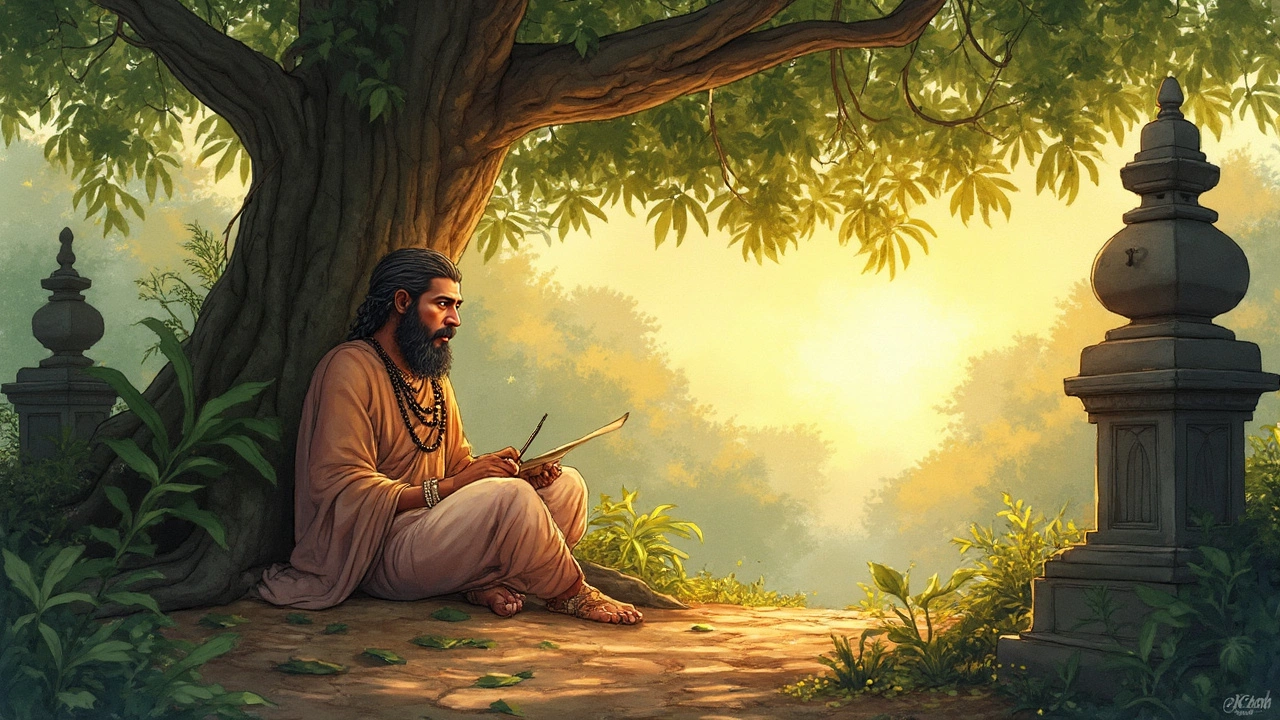Early Indian Literature: A Quick Guide to Ancient Stories and How to Read Them
When you hear "early Indian literature" you probably think of massive epics, wise verses, and myths that shaped a whole civilization. Those texts aren’t just old books; they’re the DNA of Indian culture, language, and philosophy. In this guide we’ll point out the main works you should know, why they matter, and the easiest ways to start reading them without feeling lost.
Key Texts That Shaped Early Indian Thought
The first stop is the Vedas – four collections of hymns, prayers, and rituals dating back over 3,000 years. They’re not novels, but they give you a glimpse of the world view of early sages. Next up are the Upanishads, the philosophical cousins of the Vedas. Here you’ll find ideas about the soul, reality, and the famous “Tat Tvam Asi” (That thou art) line.
From there, the Mahabharata and Ramayana dominate the scene. Both are huge, but you don’t need the full 100,000 verses to enjoy them. Look for modern retellings or abridged versions that keep the drama, moral dilemmas, and iconic heroes like Arjuna and Rama intact.
Don’t forget the Puranas – colorful storybooks full of gods, demons, and creation myths. They’re easier to read than the Vedas and give you a taste of how mythology seeped into everyday life. Finally, the early Classical Sanskrit poetry (Kalidasa’s works, for example) shows how literary art evolved into refined verses and plays.
How to Start Exploring Early Indian Literature
First, pick a format that fits your schedule. Audiobooks and narrated YouTube series let you listen while commuting. If you prefer reading, start with a short, well‑translated version – many publishers release “essential” editions that cut down the bulk while preserving the story.
Second, use a guide or commentary. The Vedas and Upanishads can feel cryptic, but a simple explanatory note (often included in modern translations) clears up the jargon. For the epics, try a side‑by‑side translation that shows the original Sanskrit line and an English paraphrase.
Third, join a community. Online forums, local book clubs, or university lecture series let you ask questions and hear different viewpoints. Hearing how a fellow reader interprets a verse can spark new insights you’d miss on your own.
Lastly, keep a notebook. Jot down a line that strikes you, the meaning you think it carries, and any cultural context you discover. Over time you’ll build a personal glossary that makes later readings smoother.
Early Indian literature may seem massive, but you don’t have to read everything at once. Start small, use the right tools, and let the stories gradually unfold. Soon you’ll see how these ancient words still echo in today’s movies, songs, and daily conversations. Happy reading!
- Arjun Bhardwaj
- 30-06-25
- Indian Literature
Oldest Poet in India: Discovering Ancient Indian Poets and Their Legacy
Explore who is the oldest poet in India, uncover stories from early Indian literature, and learn about legendary poets and their impact on poetry.
Details